Home>Ideas and Tips>Form Follows Function In Bauhaus-Inspired Homes
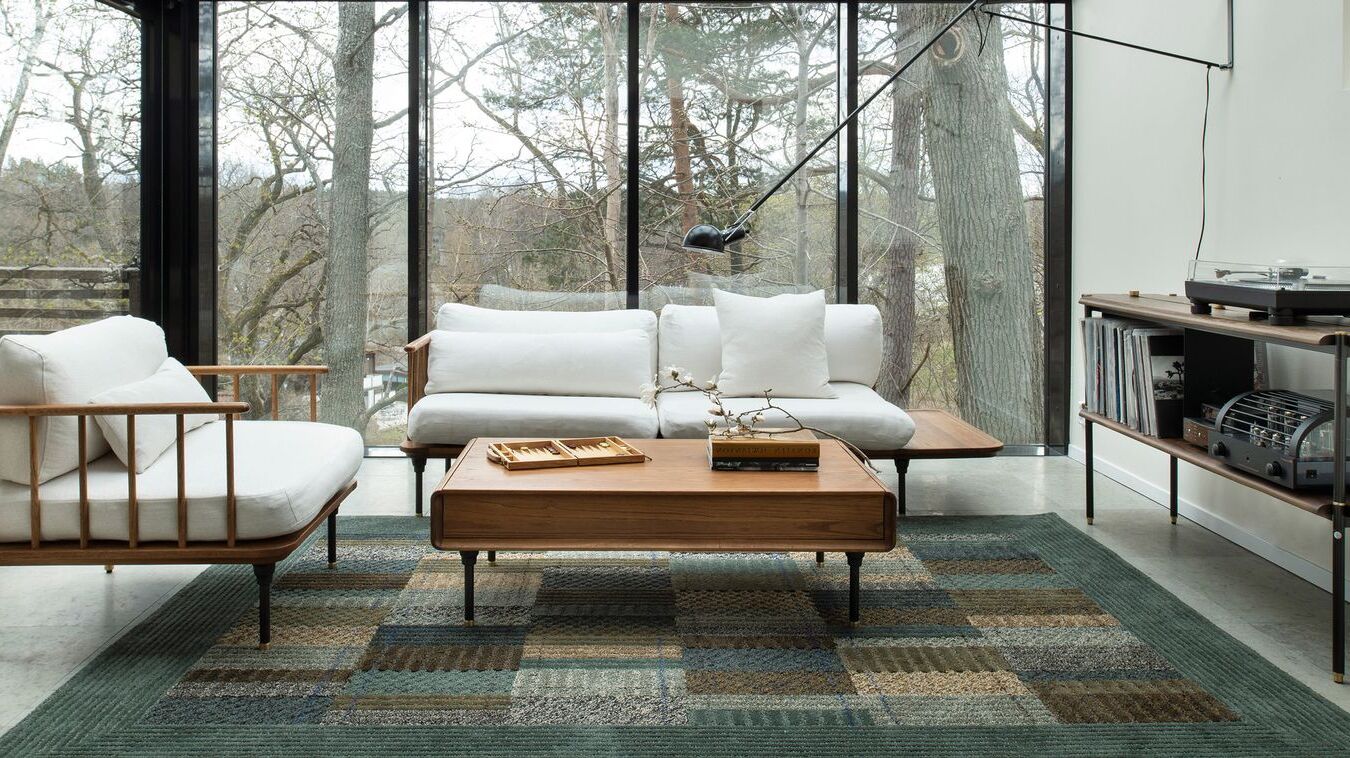

Ideas and Tips
Form Follows Function In Bauhaus-Inspired Homes
Published: October 25, 2024
Discover how the Bauhaus principle of "form follows function" shapes modern home design, blending beauty with functionality for timeless living spaces.
(Many of the links in this article redirect to a specific reviewed product. Your purchase of these products through affiliate links helps to generate commission for Storables.com, at no extra cost. Learn more)
Introduction
In the world of design, few principles have had as profound an impact as "form follows function." This axiom, first coined by architect Louis Sullivan in 1896, has become a cornerstone of modern design philosophy. The idea that the shape and structure of an object or building should be determined by its intended purpose has influenced various disciplines, from architecture to product design. This article will delve into the history and significance of "form follows function," particularly in the context of Bauhaus-inspired homes, and explore how this principle continues to shape contemporary design.
The Origins of "Form Follows Function"
Louis Sullivan, often regarded as the father of modernist architecture, introduced the concept of "form follows function" to emphasize that the shape of a building or object should primarily relate to its intended function or purpose. This idea was revolutionary at the time, pushing back against the ornate designs of the 19th century that often prioritized decorative elements over usability. Sullivan's philosophy was later adopted by architects and designers like Frank Lloyd Wright, who was mentored by Sullivan, and the Bauhaus school in Germany.
The Bauhaus Movement
The Bauhaus school, founded in Weimar in 1919 by Walter Gropius, was a pivotal moment in the development of modern design. The school's philosophy was deeply rooted in the idea that design should be driven by function rather than aesthetics. This approach was encapsulated in the phrase "Practical use, no ornaments," which succinctly summarized the Bauhaus design ethos. The school's teachings emphasized practical and craft skills such as interior design, architecture, textiles, and woodwork, giving them the same status as fine art.
Bauhaus Design Principles
Bauhaus design principles were influenced by various movements, including Russian Constructivism and English Arts and Crafts. The school's founder, Walter Gropius, drew on these influences to create a design philosophy that prioritized simplicity and functionality. The most fundamental principle of Bauhaus design is that form follows function. This means that what looks good takes second place to practical use. For example, chairs with no discernible purpose are avoided even if they might look good in the corner of a room.
Key Figures in Bauhaus
Several key figures played significant roles in shaping the Bauhaus movement:
-
Walter Gropius: As the founder of the Bauhaus school, Gropius was instrumental in propagating the "form follows function" ideal. He believed that mass production could incorporate craft without being restricted by it.
-
Herbert Bayer: Bayer designed a universal Bauhaus typeface in 1925, which was functional, accessible, and noted for combining upper and lowercase characters into one character set. His typeface was also designed to make typesetting easier.
-
Joost Schmidt: Schmidt produced one of the most recognized Bauhaus images for a 1923 exhibition. His work incorporated functional hallmarks but was also highly experimental and eye-catching.
-
Oskar Schlemmer: Schlemmer's logo depicted a figure or face that was deliberately ubiquitous, impassive, and generic. His work often concerned figures displaying both geometric and human qualities.
Practical Application in Home Design
In the context of home design, "form follows function" means creating spaces that are not only beautiful but also highly functional. This principle is evident in various aspects of interior design:
Modular Furniture
Modular furniture is a prime example of how "form follows function" can be applied in home design. Modular furniture can be adapted to various needs and spaces, maximizing both space and usability. For instance, a modular shelving system can be customized to fit any room, providing versatile storage solutions.
Multifunctional Furniture
Multifunctional furniture is another manifestation of this principle. Items like the multifunctional sofa bed from Nauradika provide stylish seating options that easily convert into comfortable beds, meeting dual needs of aesthetics and functionality.
Sustainable Architecture
Sustainable architecture often incorporates features such as natural lighting, energy-efficient materials, and flexible spaces that can be easily reconfigured for different uses. For example, solar-powered outdoor lights from Nauradika highlight how form and function can coexist harmoniously while providing eco-friendly illumination.
Compact Kitchen Organizers
Product design frequently applies the "form follows function" mantra to create items that simplify and enhance daily activities. Compact kitchen organizers designed to maximize storage in small kitchens prove that practical design can also be sleek and modern.
Modern Interpretations
As we move forward in our eco-conscious world, the efficient use of resources becomes increasingly important. Innovations in materials science enable the creation of products that are both durable and environmentally friendly. For instance, recycled glass vases demonstrate how innovative materials can be used to create functional yet beautiful decor items.
Remote Work and Flexible Living
With the rise of remote work and flexible living arrangements, design needs to adapt to changing lifestyles. Furniture and decor that can serve multiple purposes will become increasingly important. A foldable desk is a prime example, offering a compact work surface that can be easily stored away when not in use.
The Relevance Today
"Form follows function" continues to be a relevant and influential principle in design because it responds to the practical, technological, and aesthetic needs of our time. It encourages designers to think critically about the utility of their creations, ensuring that every design decision serves a purpose.
By adhering to this principle, designers not only create objects and spaces that are more practical and sustainable but also foster a deeper connection with users who value functionality in their daily lives. As we continue to navigate the complexities of modern living, embracing this time-tested principle can lead to more meaningful and sustainable design solutions.
Conclusion
In conclusion, "form follows function" remains a foundational concept in modern aesthetics and utility. Its influence can be seen in various aspects of design from architecture to product design. The Bauhaus movement's emphasis on practical use over ornaments has shaped contemporary design philosophy. By applying these principles in home design, we can create spaces that are not only beautiful but also highly functional, reflecting a deeper understanding of how things work and their impact on our lives.
Additional Tips for Introducing a Bauhaus Aesthetic to Your Home
- True Materials: Bauhaus deals faithfully with the materials of the furniture. Nothing should be hidden for the sake of aesthetics. Expose steel beams in the roof and make them integral to the furnishings.
- Leave it Linear: Your entire approach must embrace the minimalist, industrial philosophy with linear placement of furniture. Avoid curves.
- Add Art for Accents: Bauhaus interior design inspired a new wave of German art in the early 1920s which can still be found today. Encourage installation of select and powerful artwork that complements the overall concept of Bauhaus.
By following these tips and adhering to the principles of "form follows function," you can create a home that is both beautiful and functional, reflecting the timeless wisdom of the Bauhaus movement.
Was this page helpful?
At Storables.com, we guarantee accurate and reliable information. Our content, validated by Expert Board Contributors, is crafted following stringent Editorial Policies. We're committed to providing you with well-researched, expert-backed insights for all your informational needs.


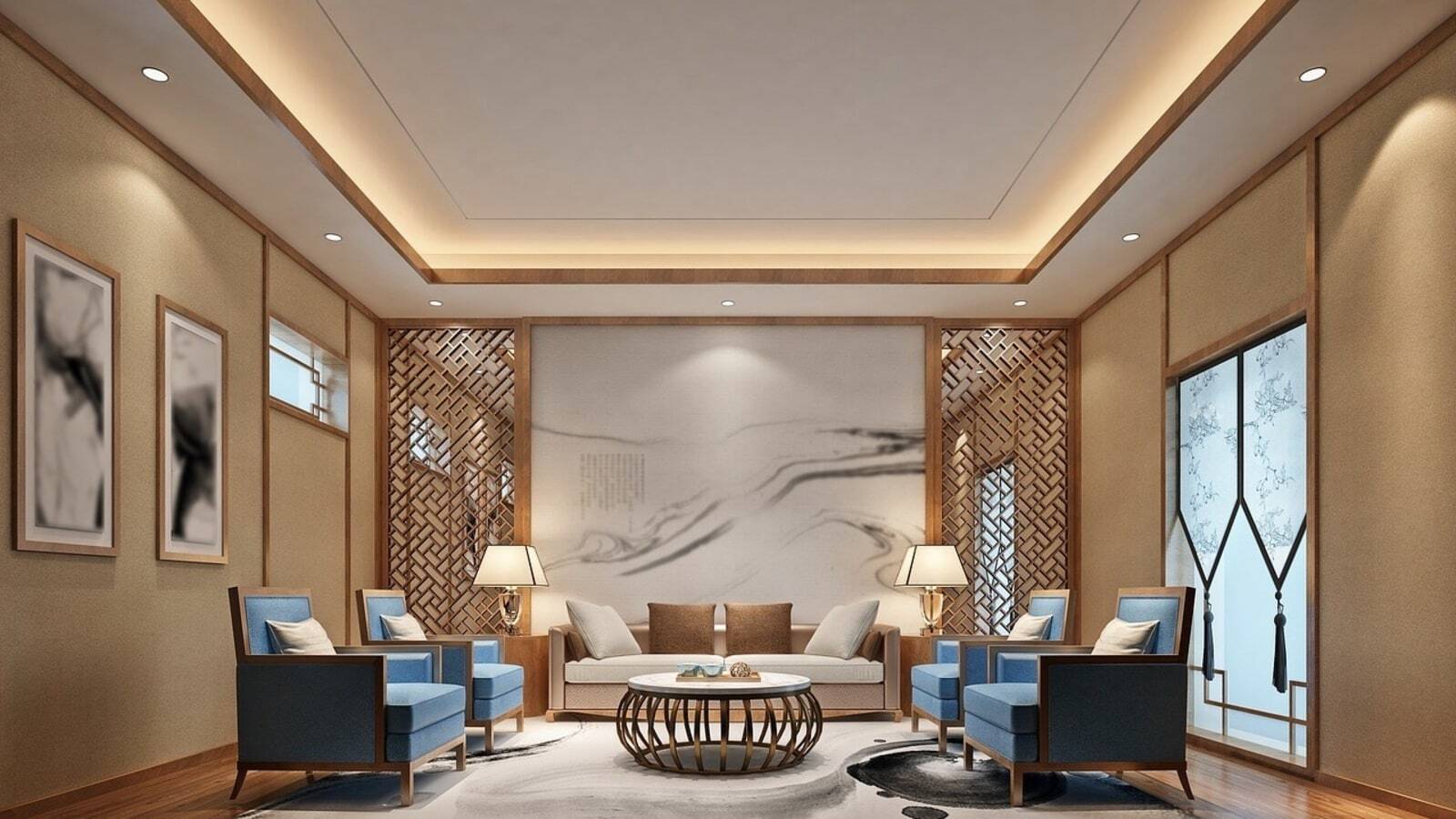
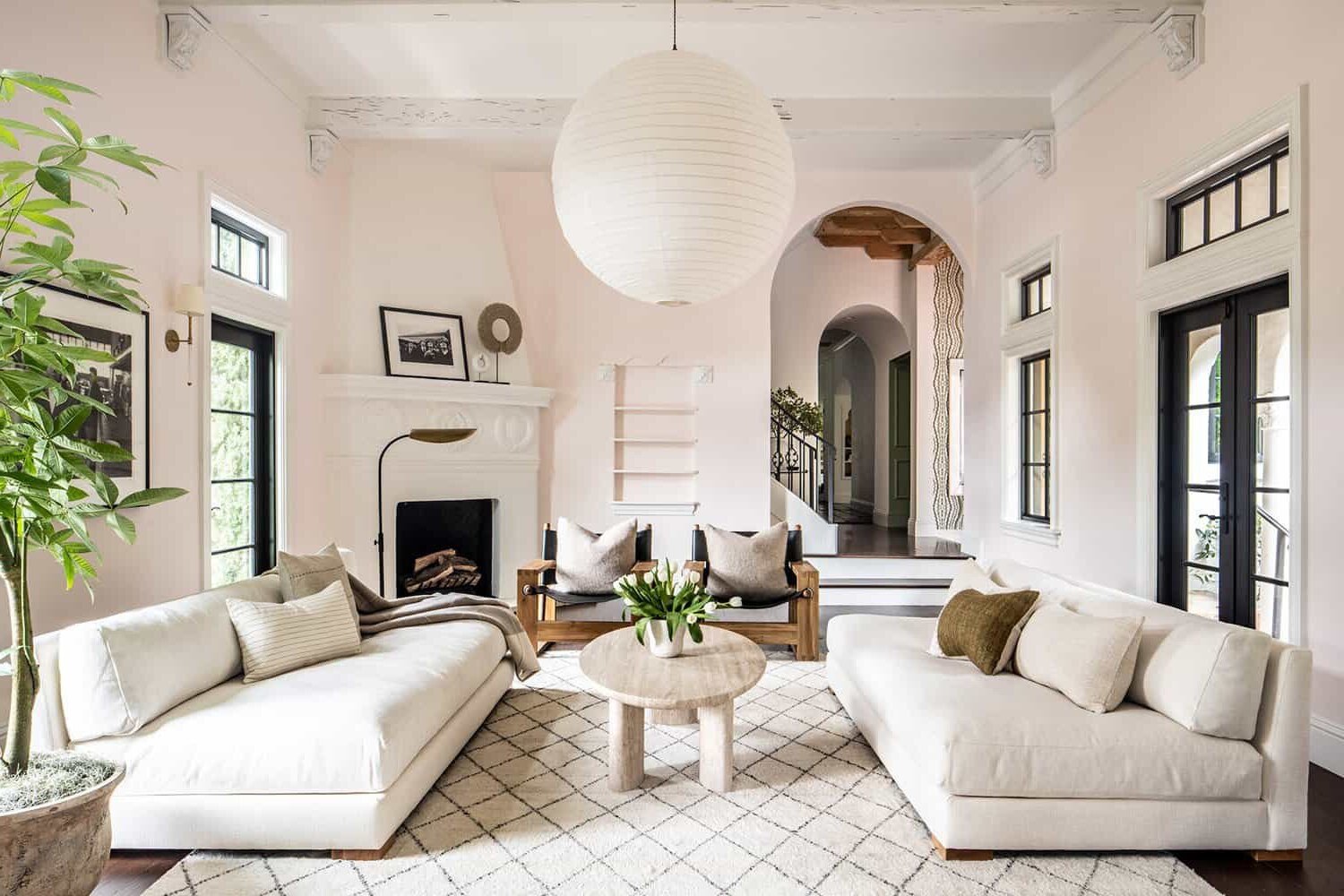
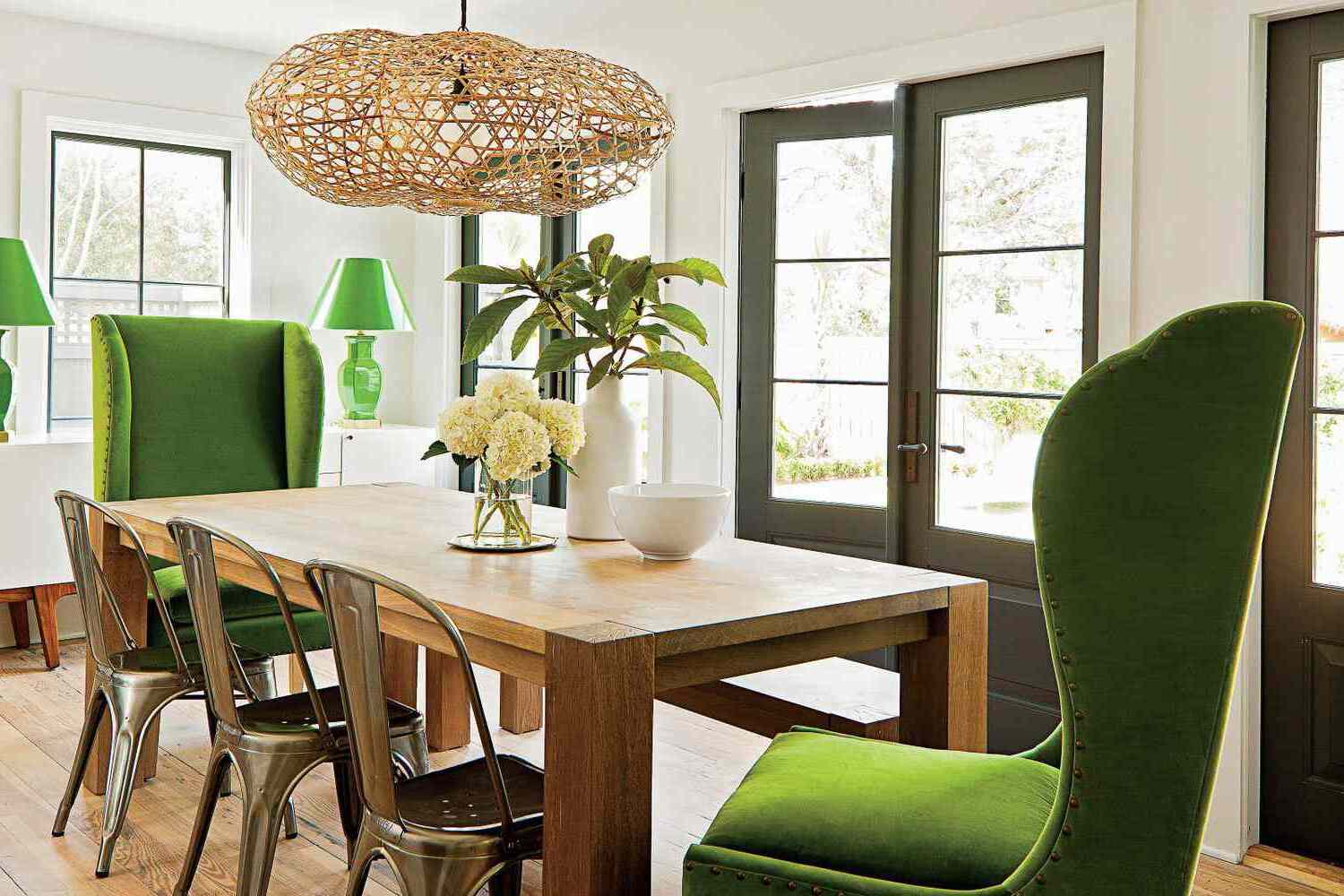
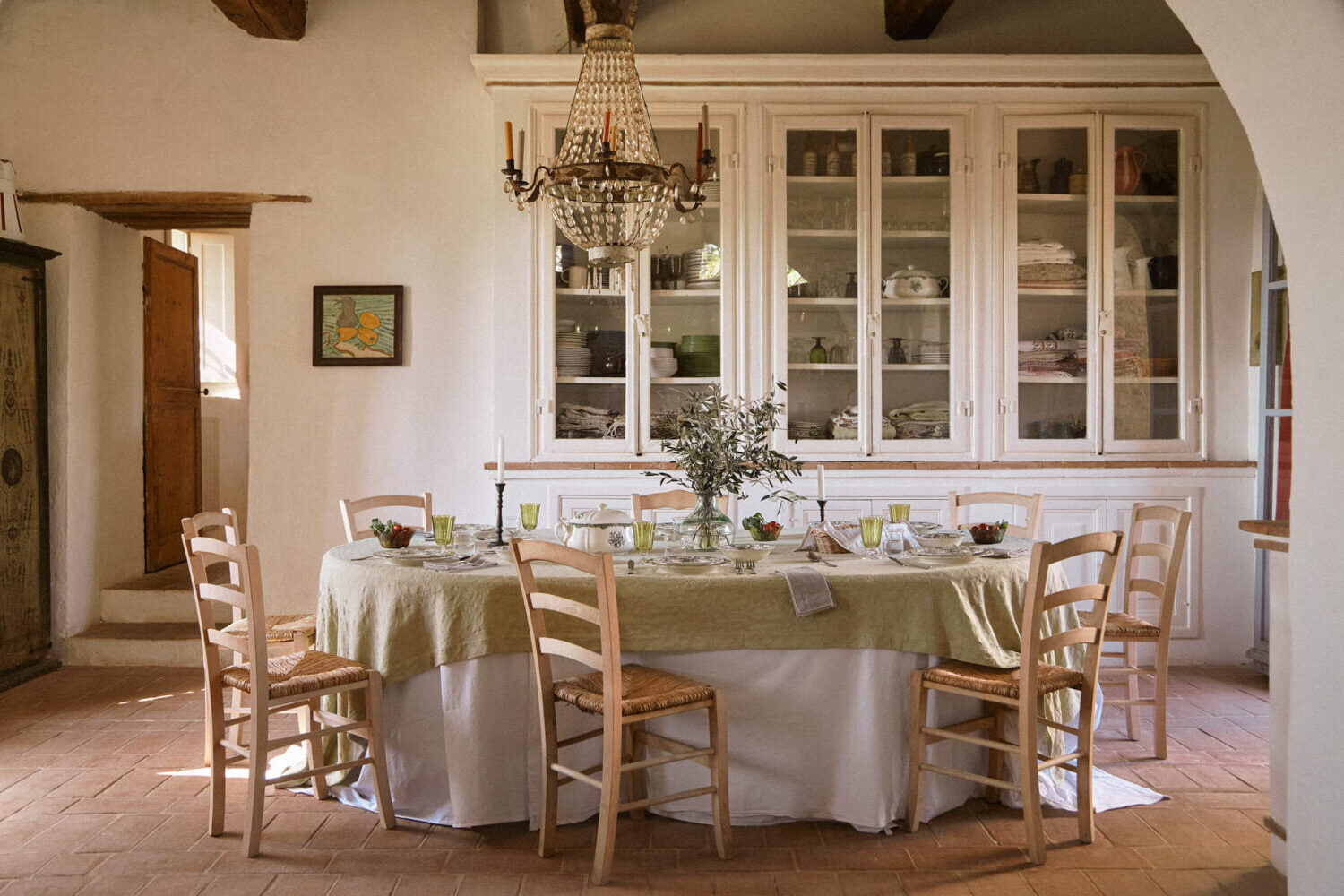
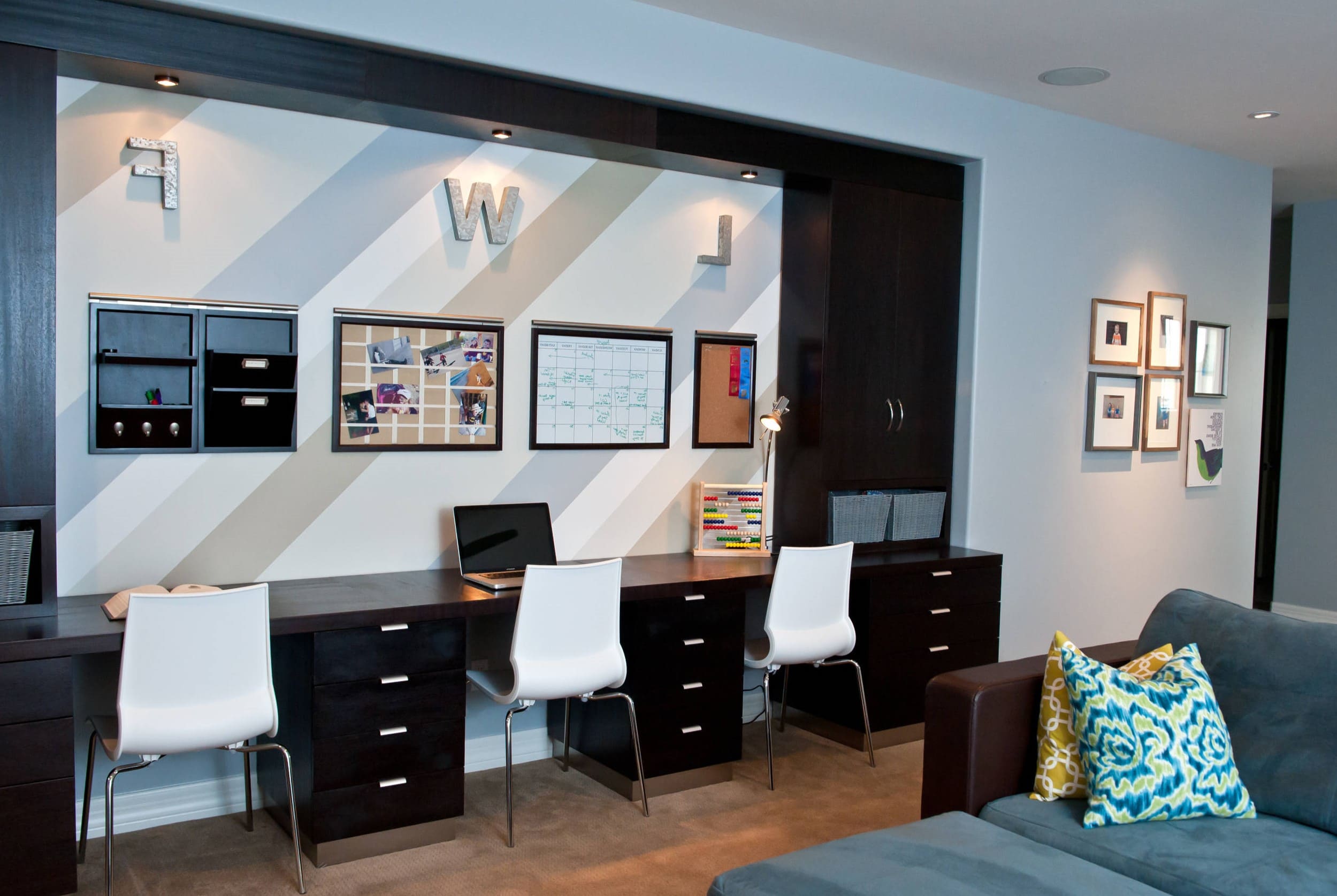
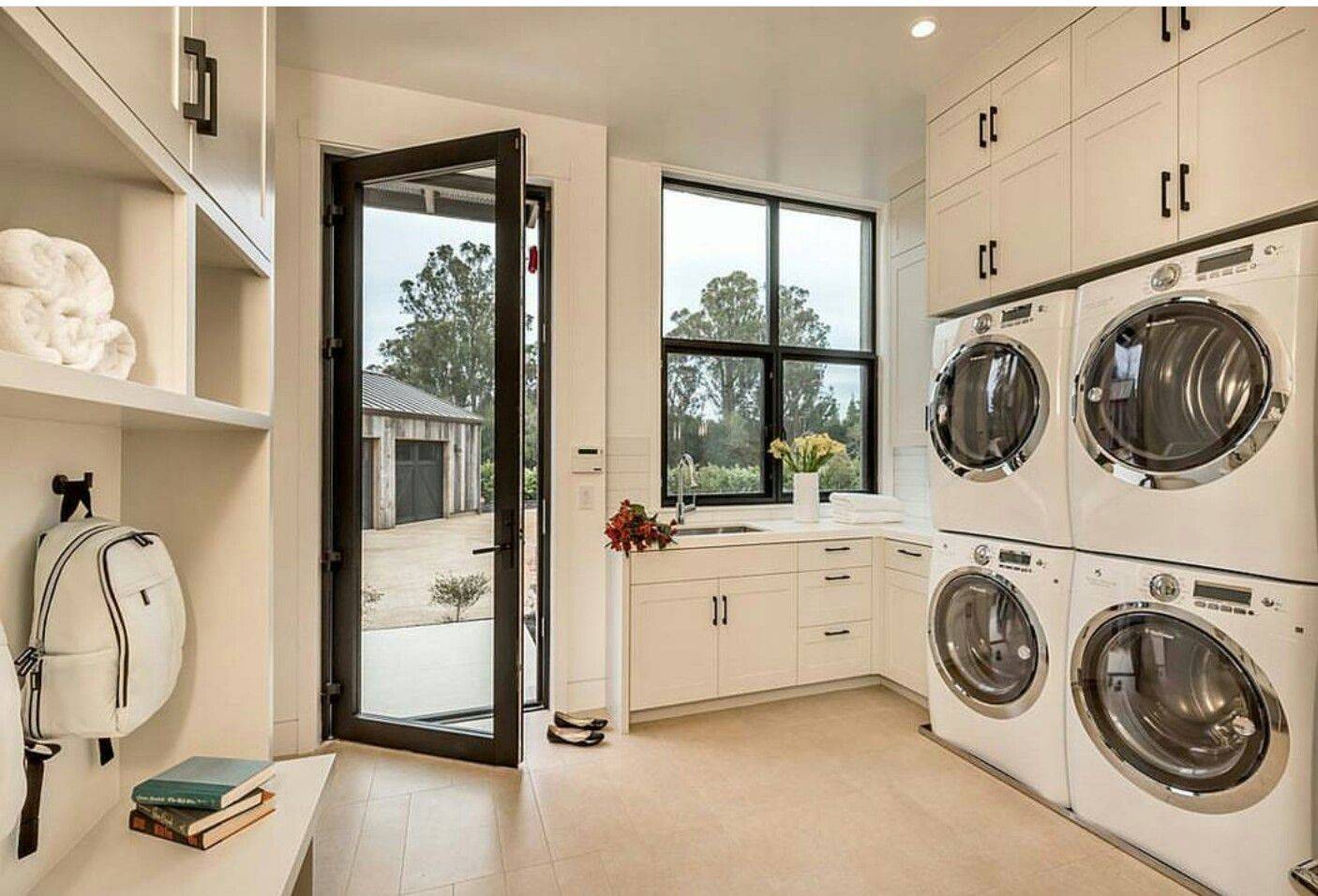
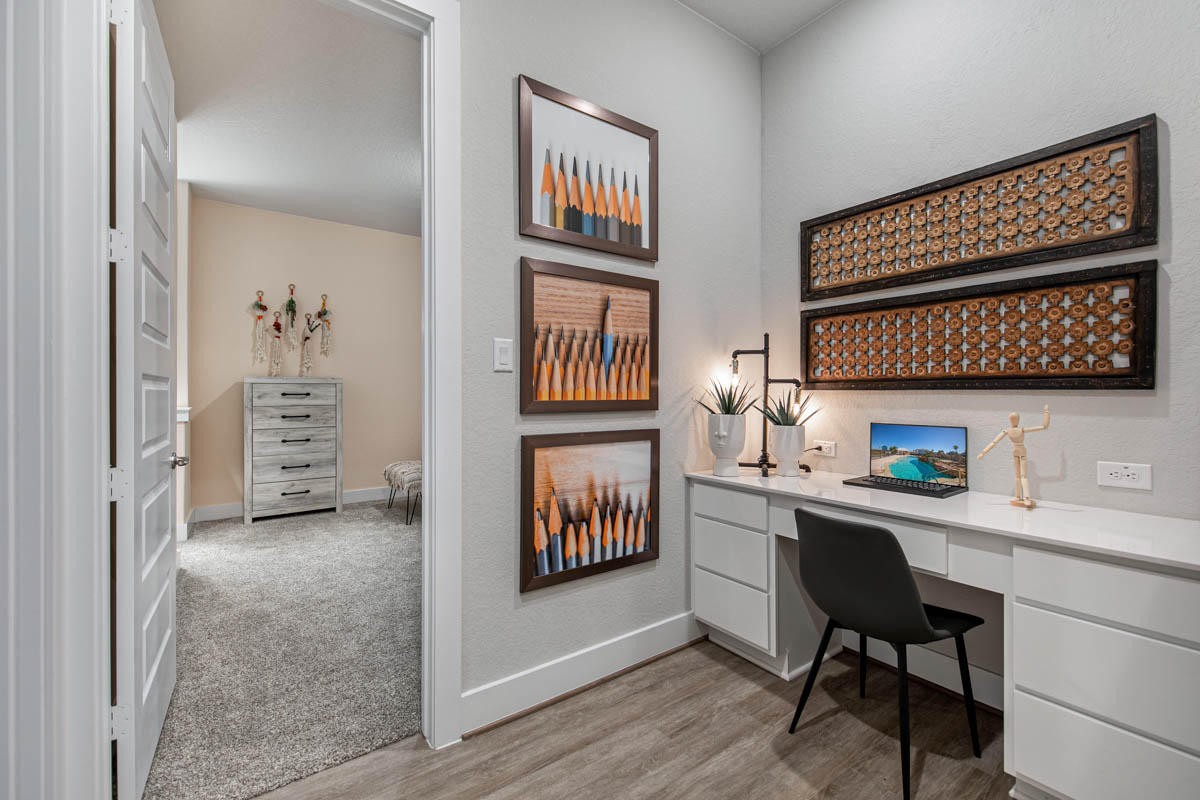
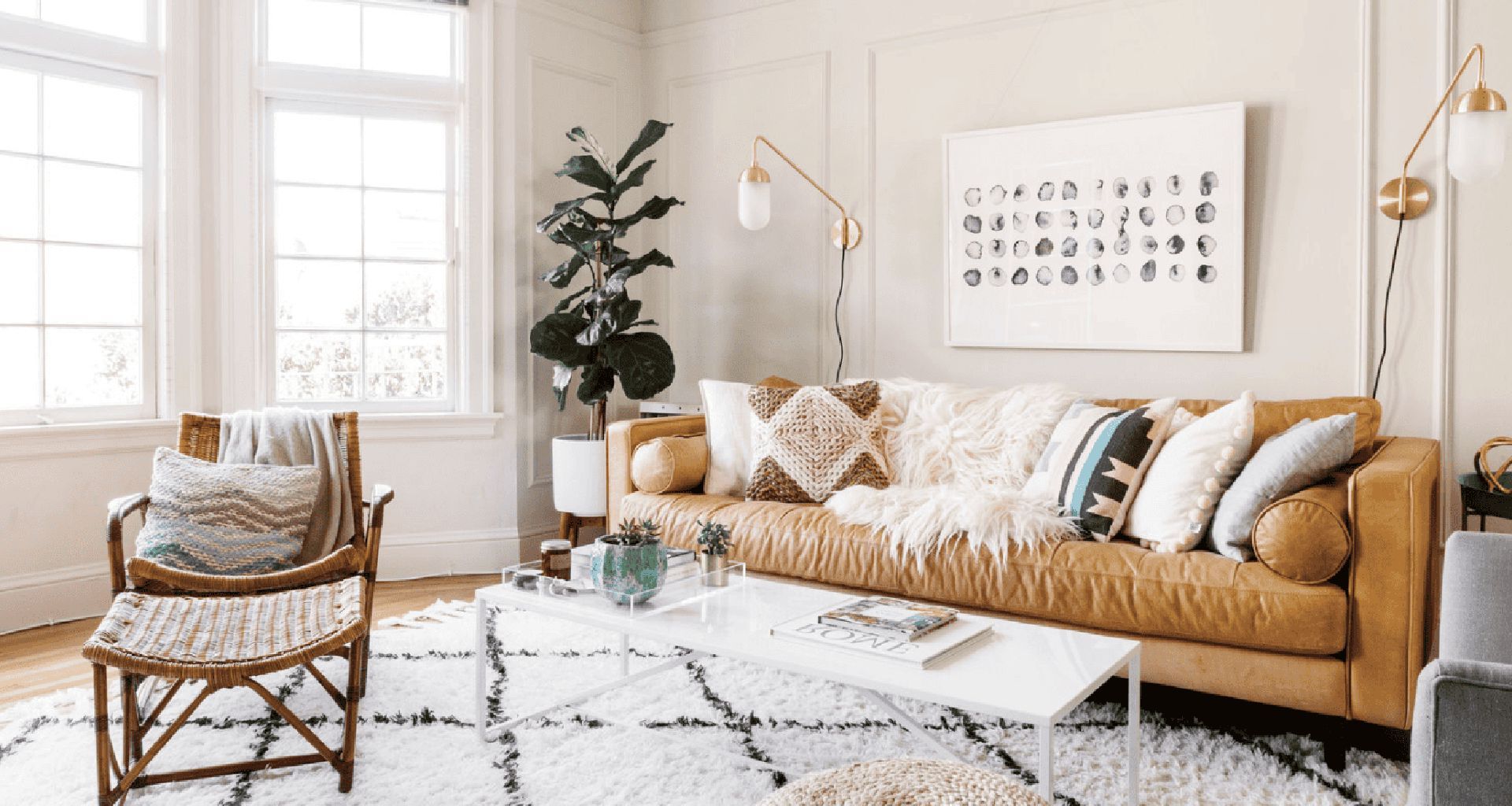
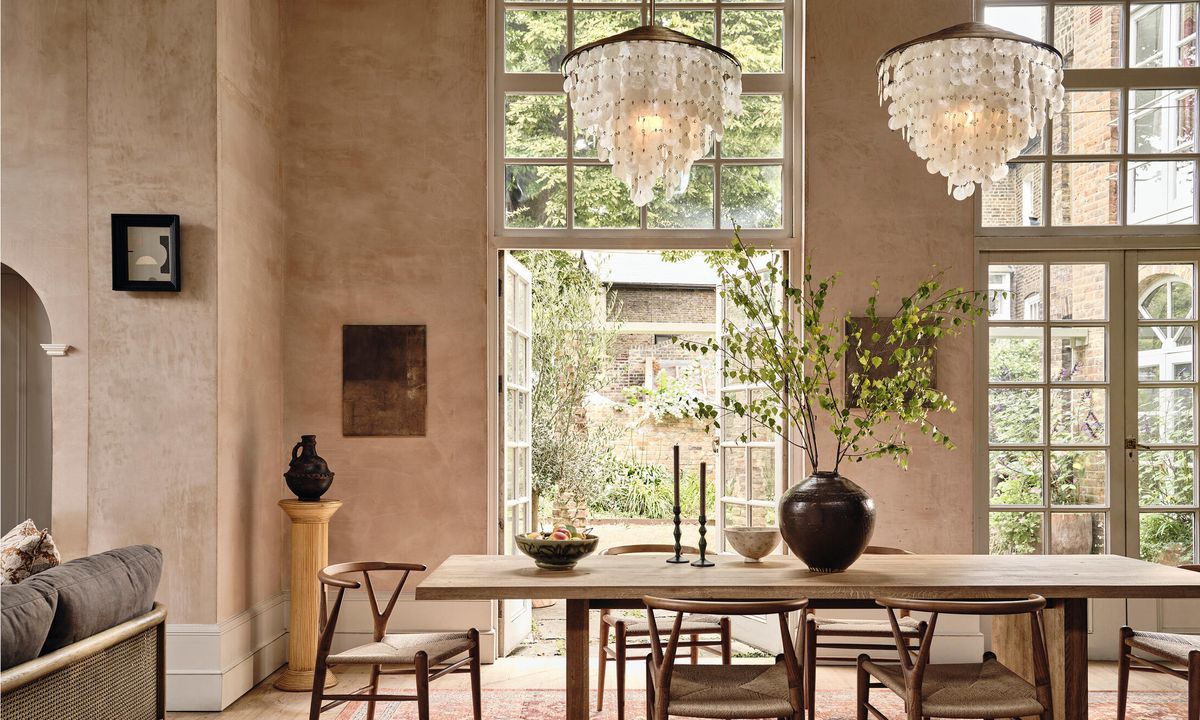
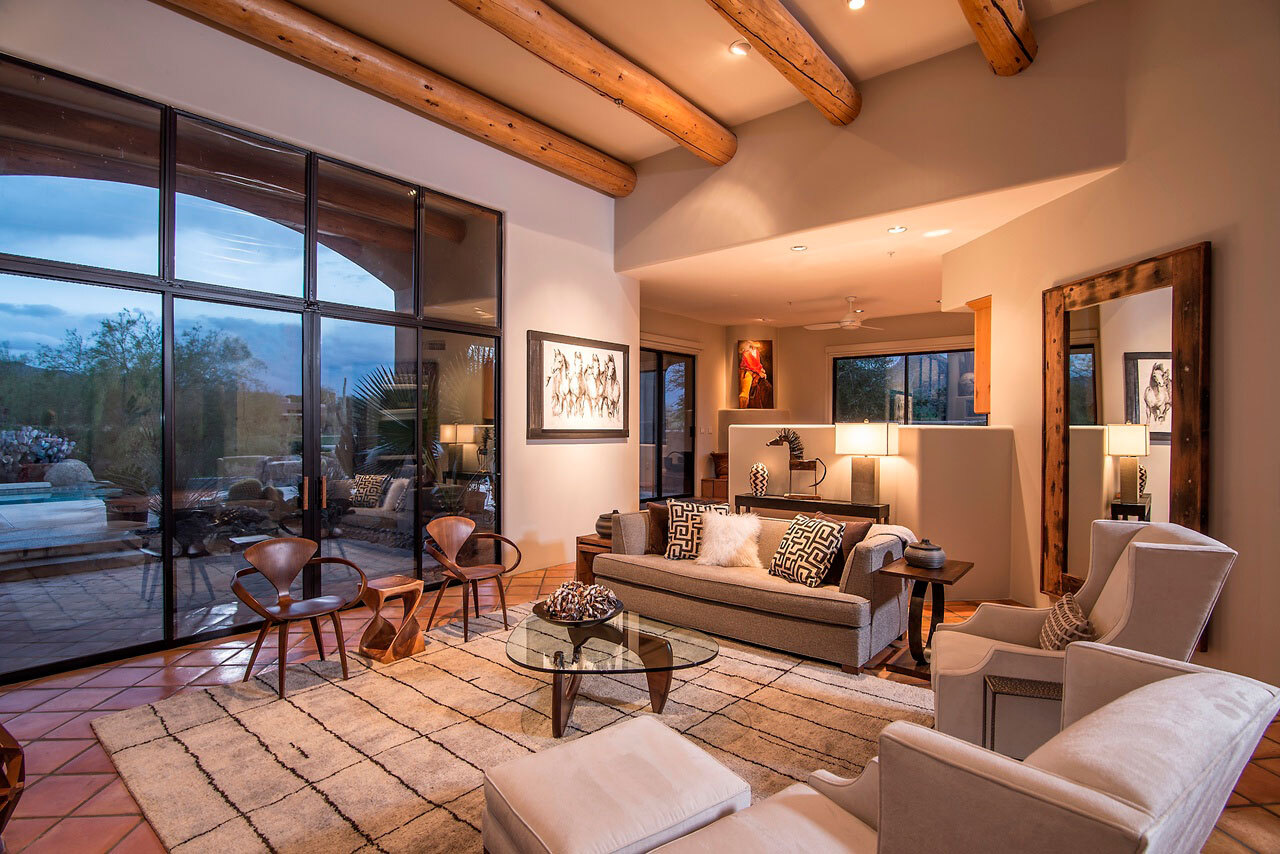

0 thoughts on “Form Follows Function In Bauhaus-Inspired Homes”